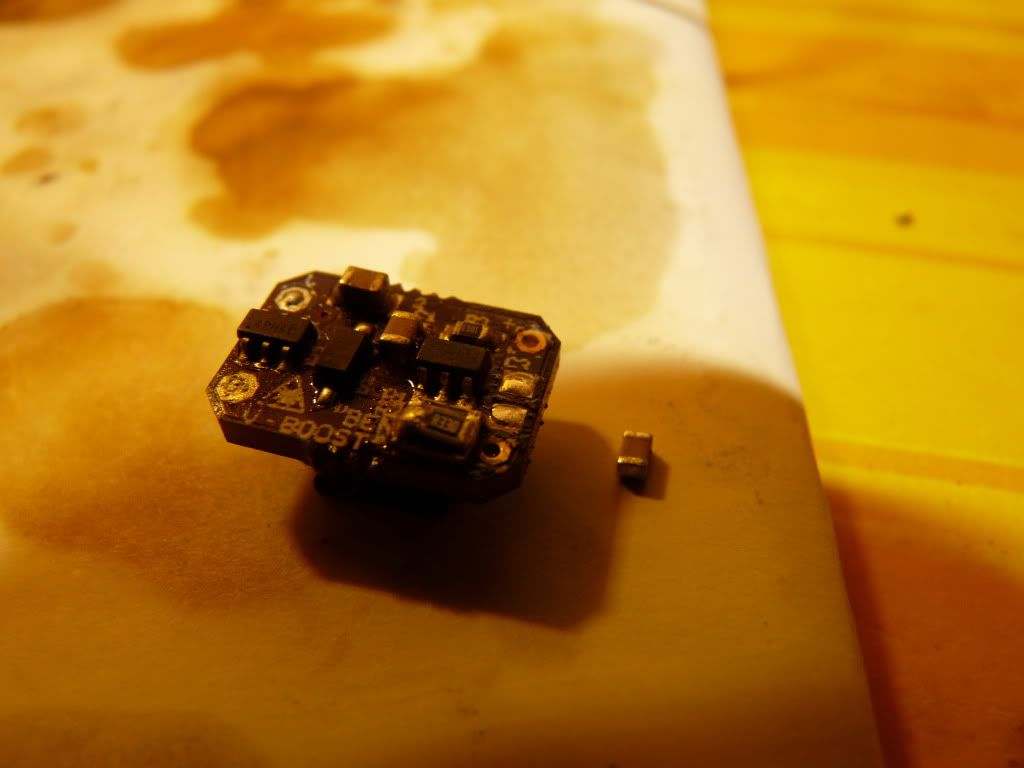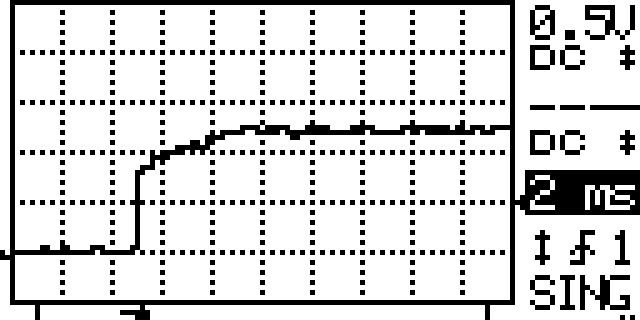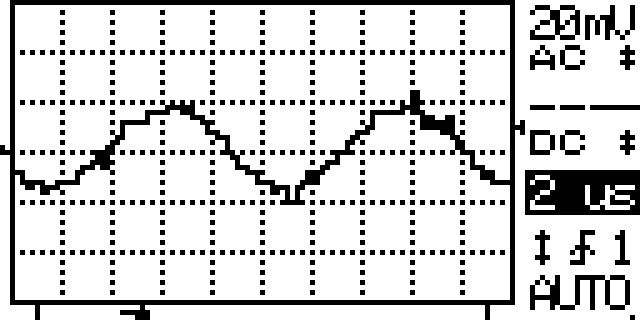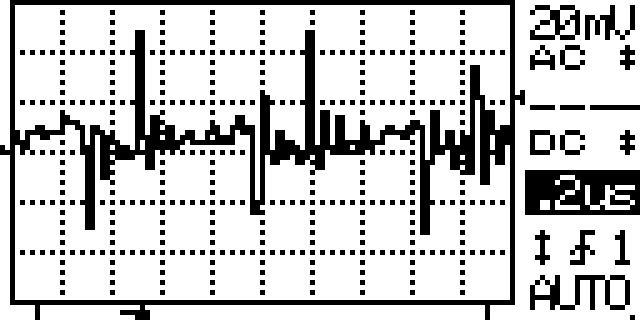foulmist
0
- Joined
- Mar 29, 2011
- Messages
- 1,056
- Points
- 48
Well then it does sound like its best to remove it. I wonder if it would be possible to get the better ripple but no oscillations by putting a small cap between FB and ground instead of between LD+/-?
I tried that also.. No change at all as if it weren't there. I tried 0.1uF and 2.2uF.. Same output.












